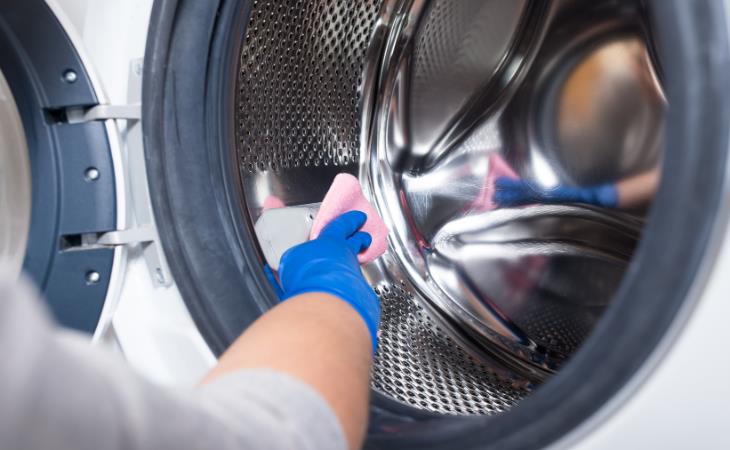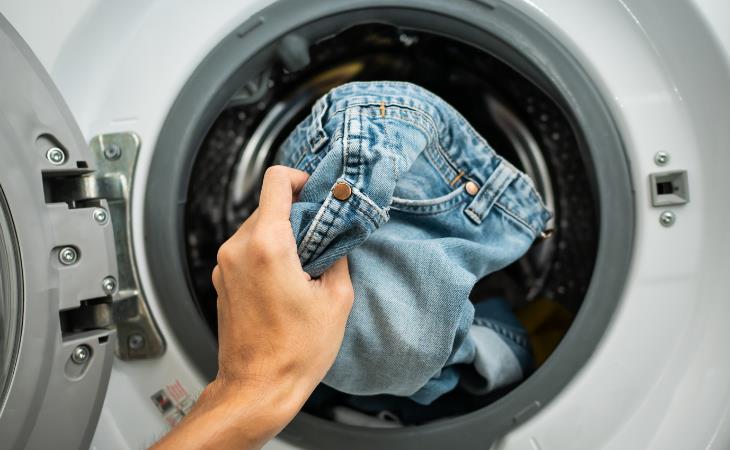
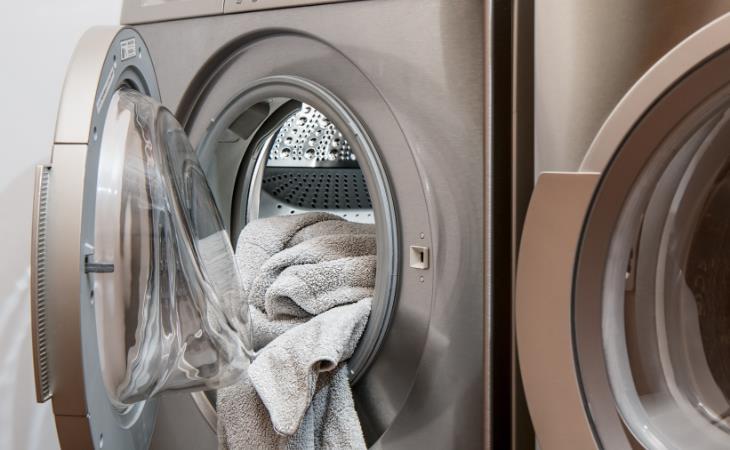
What You'll Need
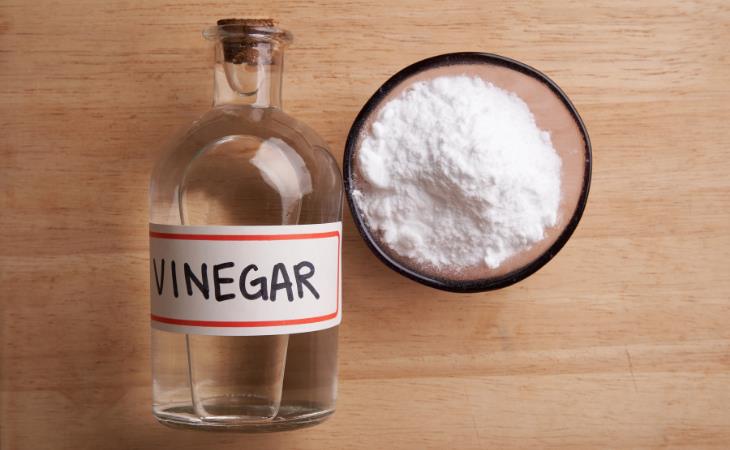
Equipment/Tools
Ingredients
1. Start the process with an empty washing machine, then add 2 cups of baking soda directly to the machine. This will gently scrub the inside and remove stale, moldy aromas left behind by old soap and fabric softener deposits. Run a long, hot water cycle and then leave it alone.
2. Now, add 2 cups of plain white vinegar and 10 drops of some essential oil such as tea tree or lavender to the detergent compartment. The essential oils in these blends are effective against mildew and mineral buildup, as well as offering a mild disinfectant effect. Continue by starting a new washing cycle with the longest, hottest, and largest load setting available. The vinegar will help to break down deposits and eliminate unpleasant moldy scents.
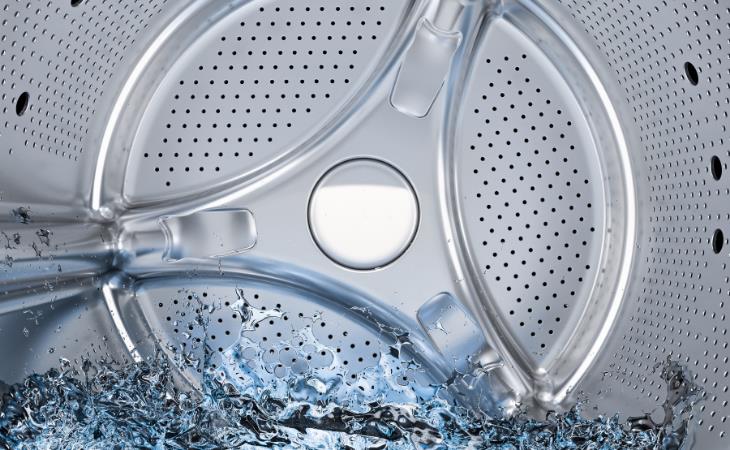
3. After finishing both cycles, you can quickly clean the drum and agitator by using a soft cotton cloth and vinegar. It is recommended that you use a non-abrasive sponge to gently scrub any stains with a mixture of baking soda and water. This approach should effectively eliminate most blemishes.
4. Over time, the rubber seal bordering front-load washing machines can become a magnet for unsightly residues. Take a cotton cloth, soak it in a combination of plain white vinegar and 10 drops of your chosen essential oil, and use this solution to meticulously cleanse the gasket.
